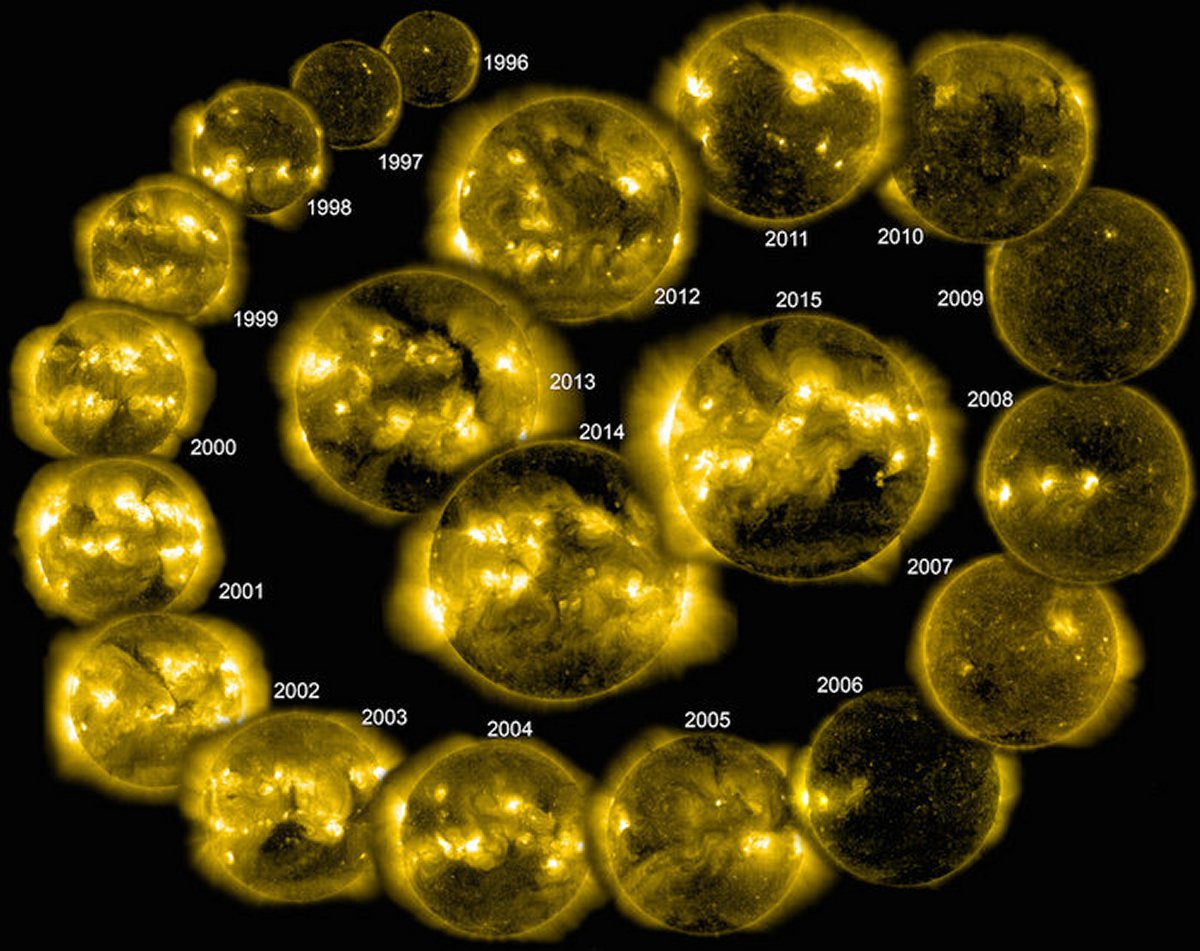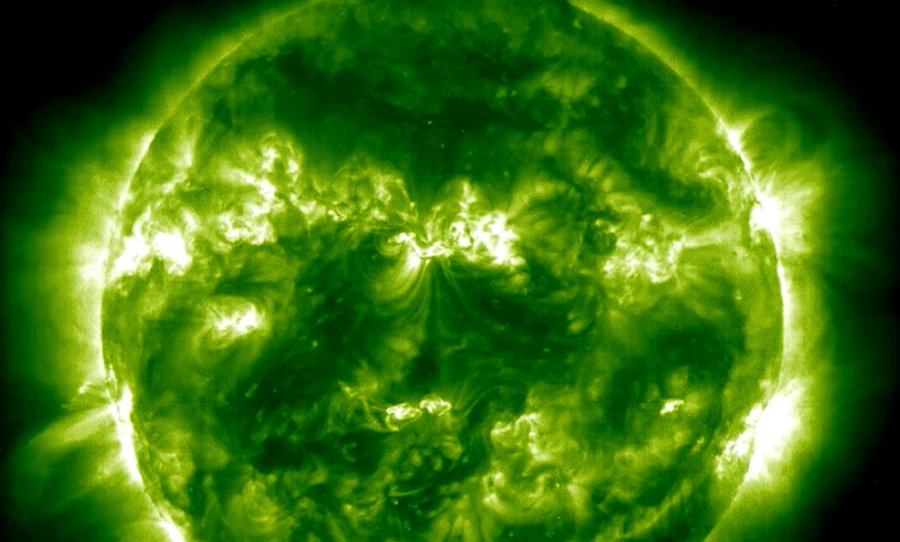MessageToEagle.com – Today is an important day for our scientific satellite SOHO.
Solar and Heliospheric Observatory (SOHO), satellite managed jointly by the European Space Agency (ESA) and NASA is celebrating 20 fruitful years in space on Wednesday, 2 December.
SOHO is equipped with a series of sophisticated instruments to study the Sun.
When SOHO was launched on Dec. 2, 1995, it was originally planned for a two-year mission. The mission has been very successful and SOHO significantly changed the field of heliophysics that looked very different than it does today.

Questions about the interior of the sun,
- the origin of the constant outflow of material from the sun known as the solar wind, and
- the mysterious heating of the solar atmosphere were still unanswered.
SOHO revolutionized this field of science, known as heliophysics, providing the basis for more than 5,000 scientific papers. SOHO is not only investigating how the Sun works, the satellite is the most prolific comet hunter of all time—reaching 3,000 comet discoveries in September 2015.

“SOHO changed the popular view of the sun from a picture of a static, unchanging object in the sky to the dynamic beast it is,” said Bernhard Fleck, ESA SOHO project scientist at NASA’s Goddard Space Flight Center in Greenbelt, Maryland.
SOHO’s numerous mission extensions have allowed it to cover nearly all of two 11-year solar cycles, making it the longest-lived Sun-watching satellite to date.
During its pioneering career it has returned a wealth of new information on the Sun’s deep core through to the hot and dynamic outer atmosphere, the solar wind and solar energetic particles.
TAKE A LOOK! NASA has released a fascinating video that presents highlights from SOHO’s 20 years in space.
If Earth lies in the path of a CME our planet can be subjected to major geomagnetic storms, which may damage satellites, disrupt telecommunications, endanger astronauts and cause current surges in power lines.
SOHO has studied more than 20 000 coronal mass ejections to date, pinpointing their sources on the Earth-facing hemisphere of the Sun, and determining their speed and direction to provide up to three days’ warning – sufficient to take action on Earth.
“SOHO is recognised as a unique resource that is critically important for space weather research and improved space weather predictions,” says Bernhard Fleck, ESA’s SOHO project scientist and mission manager.
“It helps us to understand CMEs and offers the unique ability to remotely sense the region of space that connects our star to our planet and to the Solar System.”
SOHO discovered
- dynamic solar phenomena such as coronal waves, sun quakes and solar tsunamis;
- revealed the first ever observations of a star’s interior.
- SOHO’s coronagraph blocks direct sunlight. This allows us to see the sun’s extended atmosphere and gigantic solar eruptions called coronal mass ejections.
- SOHO revolutionized scientists’ ability to forecast space weather.
“I feel very fortunate to have worked on this fantastic mission for over 20 years, as part of a team of incredibly talented and dedicated engineers and scientists working in industry, NASA, ESA and at research labs and universities around the world,” adds Bernhard.
“I tip my hat to all the engineers and scientists who designed and built this durable spacecraft and superb instruments, and to my colleagues who have operated them over all these years, analysed the data and taught us all the new science we learned from the measurements.
“We have had a fantastic ride, but it certainly isn’t over yet.”
Though SOHO’s observations have provided the basis for many possible explanations for the coronal heating problem, as it’s known, it still hasn’t been settled. However, NASA’s Solar Probe Plus mission, planned for launch in 2018, will fly closer to the sun than any other spacecraft in order to investigate this very question.
Solar Probe Plus is one of many missions that has been shaped by SOHO and its discoveries. Others include NASA’s Solar Dynamics Observatory, NASA’s Solar and Terrestrial Relations Observatory, and NASA’s Interface Region Imaging Spectrograph, and JAXA/NASA’s Hinode.
“Without SOHO, there would be no SDO, no STEREO, no IRIS, no Hinode,” said Alex Young, a space scientist at Goddard.. “SOHO showed us things we’d never seen before, and then we realized we needed more eyes on the sun.”
Visit SOHO gallery
MessageToEagle.com
via ESA






